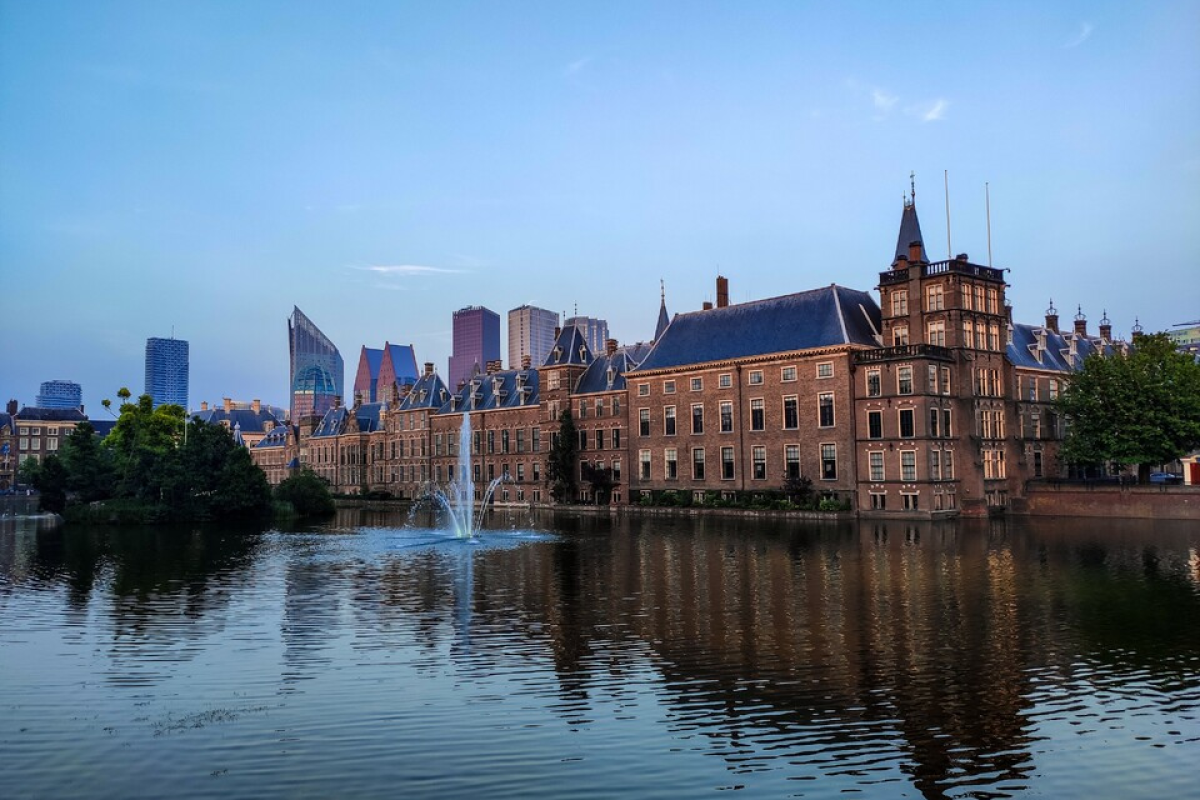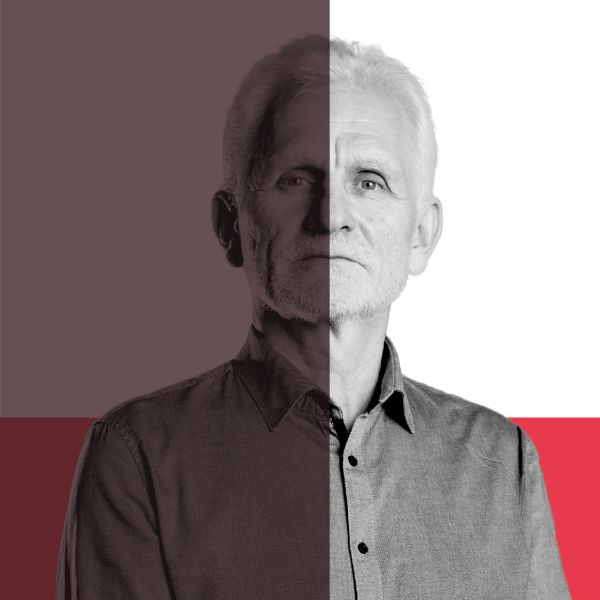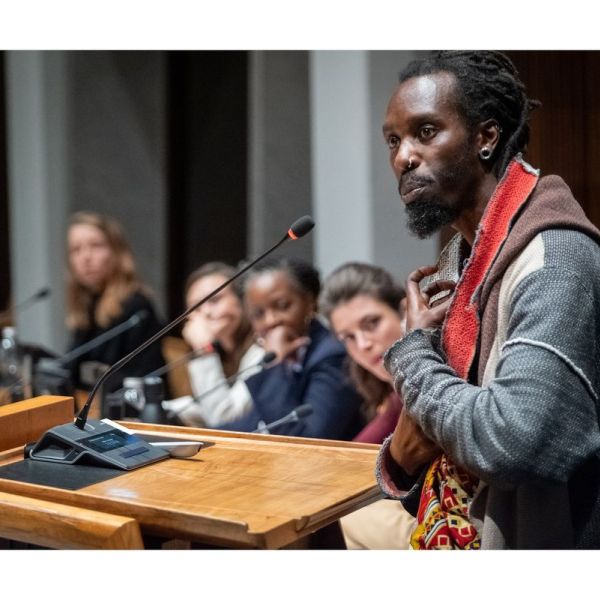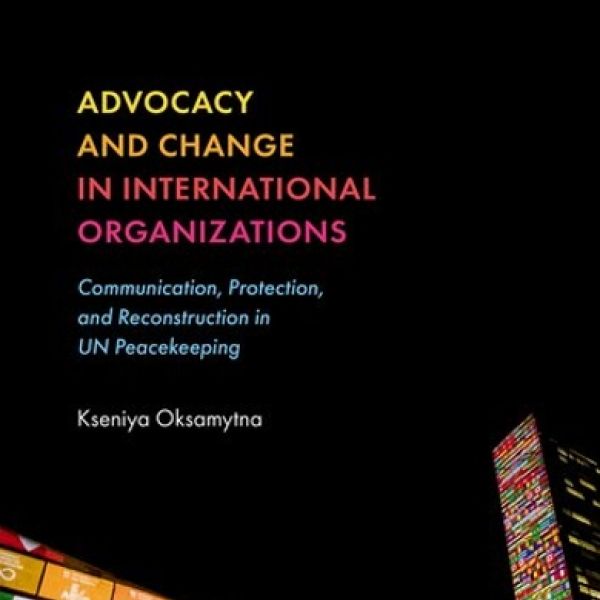Beyond the Sand and the Peat: Towards a Localized Human Rights Culture in The Hague, International City of Peace and Justice.
Just Peace contributors Initiatives of Change and Human Security Collective reflect on student projects investigating the Human Rights culture in The Hague.
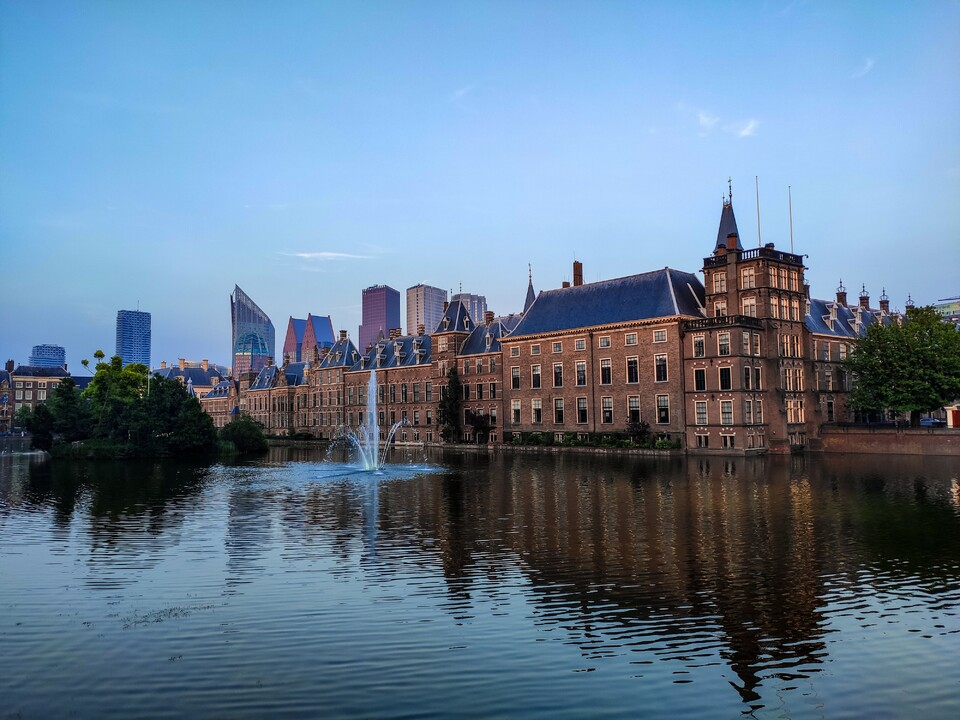
Earlier this year, students in the practitioner Minor on Peacebuilding, Justice and Human Rights (PJHR) at the Hague University of Applied Sciences partnered with Human Security Collective, Initiatives of Change and Time 4 Your Future to scrutinize the Human Rights culture in The Hague. Interestingly, though The Hague is known internationally as the city of Peace and Justice, hosting over 200 organizations working on peace, justice, and human rights topics, including the International Court of Justice and the International Criminal Court, it is also among the most segregated city of the Netherlands, with a relatively high rate of poverty. The very soil of The Hague – either sand or peat – determines to a large extent how inhabitants are perceived, and how their human security and rights are respected.
In the PJHR Minor, an interdisciplinary and international cohort of students investigated how inhabitants and passers-by in the predominantly white, upper-class, sand areas and the lower-income and diverse peat districts felt about the respective neighbourhoods in terms of human security and access to human rights. They also explored the question as to whether a human rights culture existed in The Hague. They observed, conducted informal interviews, took pictures of the surroundings, and created maps to present their findings. Social mapping – “…a participatory or collaborative technique through which a problem or topical issue is translated and depicted in a visual illustration to facilitate an in-depth and systematic analysis”¹ – was a key research method, which allowed the students to visualize their results.
The topics chosen included the accessibility of public transportation for passengers with special needs, catcalling and street harassment, waste management and access to greenery, LGBTQI+ rights, and housing. The other important issues covered, but somewhat outside the scope of comparing the sand and peat regions, were the decolonization of the Dutch educational system, the right to demonstrate and homelessness.
The very soil of The Hague – either sand or peat – determines to a large extent how inhabitants are perceived, and how their human security and rights are respected.
The research conducted on these themes was informed by the concept of Human Security, which focuses on the protection of fundamental freedoms and affirms people’s right to shape their communities and societies. The relationship between Human Security and Human Rights can sometimes be delicate to unravel, although the two frameworks are generally seen as complementary and mutually constitutive. With reference to this question, the Commission on Human Security proposed that “Human rights and human security are mutually reinforcing. Human security helps identify the rights at stake in particular situation. And human rights help answer the question: How should human security be promoted? The notion of duties and obligations (inherent in human rights) complements the recognition of the ethical and political importance of human security.”² In other words, Human Security focuses on the protection and empowerment of citizens within their communities, while Human Rights provides guidelines for the conditions which must be met.
This trajectory was also part of a larger ambition to connect local practices of Human Rights with the existing Human Rights framework, and to simultaneously contribute to building a local human rights culture. Since we are heading towards the 75th anniversary of the Universal Declaration of Human Rights on 10 December 2023, it is a good moment to reflect, analyze, and evaluate where we stand, what we need, and especially how new generations would like to (re)shape the human rights mechanisms and frameworks.
A human rights culture focuses on the human rights defined in various treaties, declarations and other frameworks with the values and beliefs that lie beneath them, and the local practices and meanings of those rights as we experience them in our daily lives. We believe that the purpose of human rights is to create a minimum standard of dignity and equality for all human beings individually, collectively, and for future generations – and that its reach should be extended to biodiversity, ecological habitats, and cross-cultural aspects. Moving towards a human rights culture means being engaged in achieving these goals, and building practices of human rights at the local level. It involves asking how the abstract and sometimes grandiose concepts articulated in legal documents are felt and lived by people in the community.
The responsibility of asking such questions applies to every profession, precisely because it applies to every aspect of our lives. Human rights should not be the exclusive domain of legal students, but should be understood and examined by people from all walks of life. This was the message which we sought to transmit to the students in the Minor, whose career paths will take them in many different directions. We asked them to reflect on the following: How does your (future) profession affect the wellbeing of your fellow human beings? And is this the way it should be, or would you like to change something? Human rights are an excellent vehicle for entering into deep and honest conversations about purpose and meaning; they allow us to get at fundamental questions worth exploring and answering.
Human rights should not be the exclusive domain of legal students, but should be understood and examined by people from all walks of life.
The students tentatively concluded that there was a difference between sand and peat neighbourhoods in terms of the amount of waste bins, catcalling and street harassment, the sense of safety of the LGBTQI+ community, the type of greenery and public space available (e.g., more trees, and benches in sand neighborhoods), and the accessibility of transport infrastructure. In line with their hypothesis, the students observed that on all these themes, the situation in sand neighbourhoods was more favourable than that in peat neighbourhoods. Although we do acknowledge that more research, observations, and interviews need to be carried out, these preliminary findings already represent a powerful statement on the inequality present in The Hague – City of Peace and Justice. The students’ findings also point the way towards further topics for exploring rights and justice at the city level.
We aimed to stimulate the students’ thinking process, and their overall reflection on human rights, social justice, and human security. Sometimes, it feels as though it is easy to picture human rights concerns in foreign regions – but how about the meaning, importance, and potential of human rights in our daily lives, here in The Hague? We learned from this group of students that their engagement and motivation multiplied when they had to go outside and talk to ‘real people’. The first round of data collection was substantive and brought new insights to the group. We felt comfortable to train, and coach the students, because we used approaches and research methodologies which we employ in our own research and community development projects. Although this was beneficial for the research and the students’ learning experience, we also realized that the trajectory needed more time to give students more room to explore the field, execute the research, involve stakeholders, and analyze the data collectively. Nevertheless, the students presented insightful findings, and recommendations based on their individual and collective research.
In the upcoming years, Human Security Collective, Initiatives of Change, and the Hague University aim to continue and strengthen this cooperation, and our joint commitment to actively contributing to engaging students in the building of a localized human rights culture in The Hague. In doing so, we will further explore the possibilities of working together on inclusive youth leadership and the way beyond polarization and exclusion – hopefully contributing to building bridges across the sand–peat divide which persists long after the soil has been paved over.
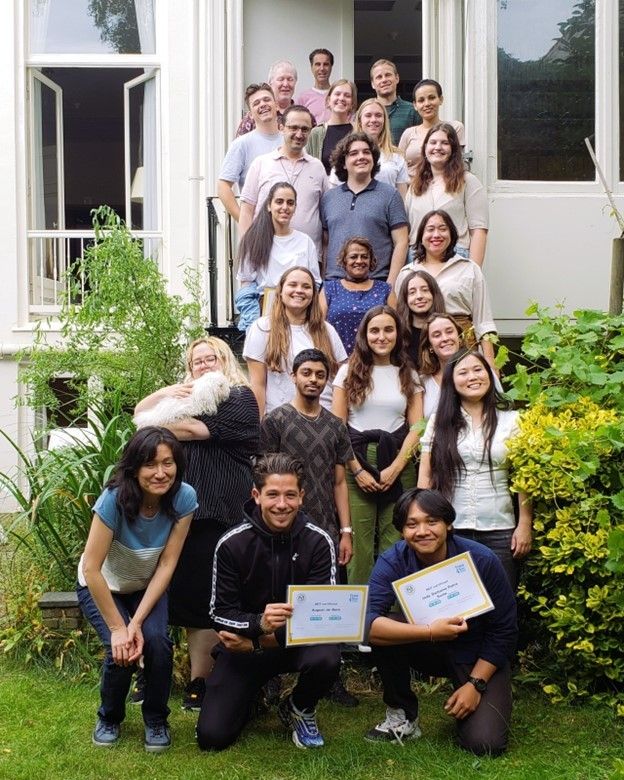
Students that participated in the research during their ceremonial celebration.
¹Muthee Thuku, Amnesty International, ‘Mapping for Human Rights’. https://www.amnesty.nl/content/uploads/2017/01/mapping_for_human_rights.pdf?x56589
²Commission on Human Security, Human security Now, United Nations Publications, 2003. https://digitallibrary.un.org/record/503749
Authors
- Mi Jung van der Velde, Lecturer, Public Administration/Government Management, The Hague University of Applied Sciences
- Willem Jansen, Programme Coordinator, Initiatives of Change
- Mark Hann, Programme Manager, Human Security Collective
